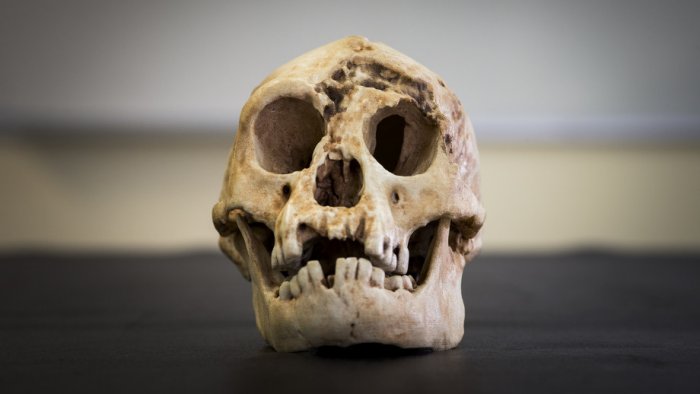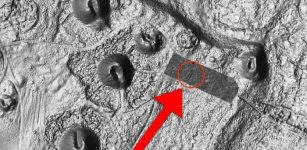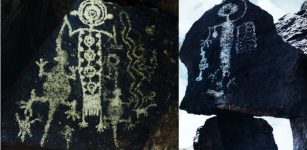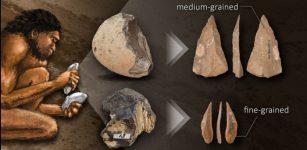Has The Mystery Of The Hobbits Finally Been Solved?
AncientPages.com - The discovery in 2013 in Indonesia of a tiny species known as the Hobbit, named Homo floresiensis caused a sensation among scientists.
Who were these mysterious beings? Were they another species of human, like us but mysteriously different? One controversial theory even suggested Hobbits were not human.
A reconstructed skull of Homo floresiensis. Credit: Stuart Hay, Image credit: ANU.
Experts have tried to unravel the mystery of the Hobbits for years, and it seems that we now can finally learn the truth about these unusual, tiny beings.
The most comprehensive study on the bones of Homo floresiensis conducted by researchers at the Australian National University (ANU) reveals that the Hobbits due to their small stature, were most likely a sister species of Homo habilis—one of the earliest known species of human found in Africa 1.75 million years ago.
"The analyses show that on the family tree, Homo floresiensis was likely a sister species of Homo habilis. It means these two shared a common ancestor.
It's possible that Homo floresiensis evolved in Africa and migrated, or the common ancestor moved from Africa then evolved into Homo floresiensis somewhere," Study leader Dr Debbie Argue of the ANU School of Archaeology & Anthropology said.
Based on previous research it is known that Homo floresiensis lived on on Flores until as recently 54,000 years ago.
Where previous research had focused mostly on the skull and lower jaw, this study used 133 data points ranging across the skull, jaws, teeth, arms, legs and shoulders.
See also:
Dr Argue said none of the data supported the theory that Homo floresiensis evolved from Homo erectus.
"We looked at whether Homo floresiensis could be descended from Homo erectus," she said.
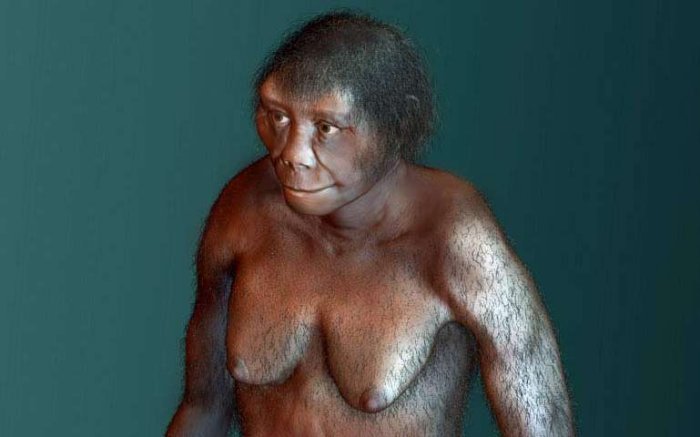 Credit: Australian National University
Credit: Australian National University
"We found that if you try and link them on the family tree, you get a very unsupported result. All the tests say it doesn't fit—it's just not a viable theory."
Dr Argue said this was supported by the fact that in many features, such as the structure of the jaw, Homo floresiensis was more primitive than Homo erectus.
"Logically, it would be hard to understand how you could have that regression—why would the jaw of Homo erectus evolve back to the primitive condition we see in Homo floresiensis?"
Dr Argue said the analyses could also support the theory that Homo floresiensis could have branched off earlier in the timeline, more than 1.75 million years ago.
"If this was the case Homo floresiensis would have evolved before the earliest Homo habilis, which would make it very archaic indeed," she said.
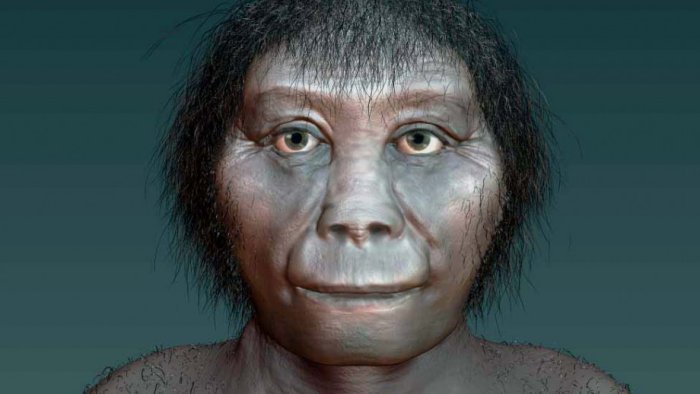 Artist's impression of Homo floresiensis. Credit: Katrina Kenny, SA Museum
Artist's impression of Homo floresiensis. Credit: Katrina Kenny, SA Museum
Professor Mike Lee of Flinders University and the South Australian Museum, used statistical modeling to analyze the data.
"When we did the analysis there was really clear support for the relationship with Homo habilis. Homo floresiensis occupied a very primitive position on the human evolutionary tree," Professor Lee said.
"We can be 99 per cent sure it's not related to Homo erectus and nearly 100 per cent chance it isn't a malformed Homo sapiens," Professor Lee said.
So for now, unless a contradicting theory is presented, we can assume the mystery of the Hobbits has finally been solved.
AncientPages.com
Expand for references
